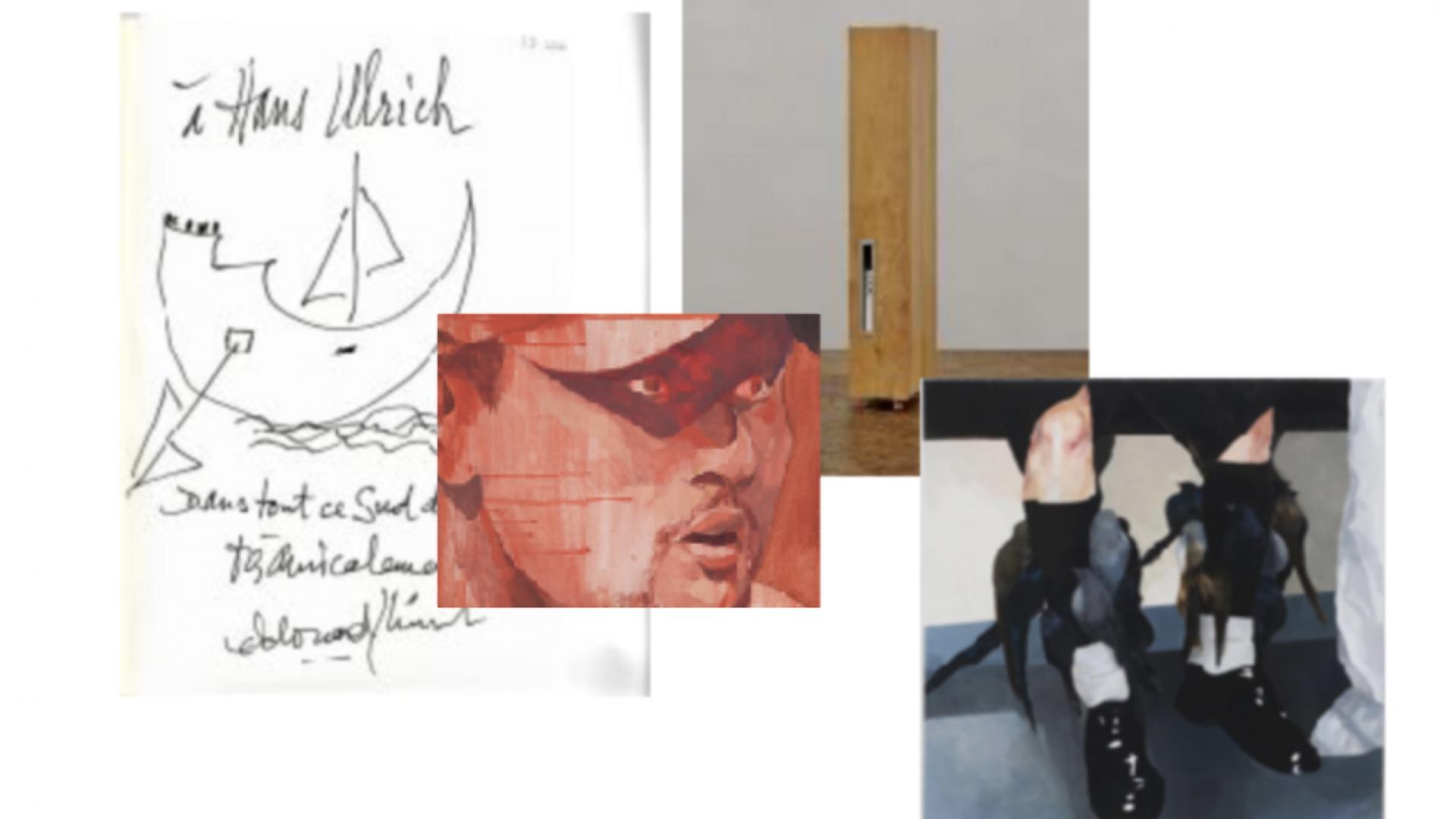THE BOUNDARIES OF SIGHT
A child standing before a bookshelf can only reach the lowest shelf. The others, though clearly visible, remain physically inaccessible. This simple moment becomes a metaphor for how perception is conditioned by bodily scale, spatial hierarchy, and learned behaviors. The project examines how our view of the world is not merely optical, but fundamentally shaped by our physical orientation, social norms, and architectural structures. It reflects on the tension between what is seen and what remains just out of reach - questioning the boundaries of access, legibility, and the presumed neutrality of space.
Philosopher Édouard Glissant calls for “the right to opacity,” arguing that not everything must be made transparent or fully knowable in order to be respected. Similarly, Byung- Chul Han, in The Transparency Society, warns that the obsession with visibility and openness in contemporary culture leads not to deeper understanding, but to a loss of depth, mystery, and trust. Visibility becomes control; clarity becomes violence. This project resists that impulse, embracing the opaque as a space where complexity, difference, and dignity can persist.
 Free wifi available
Free wifi available
 Toilets available
Toilets available
 Fully wheelchair accessible
Fully wheelchair accessible
